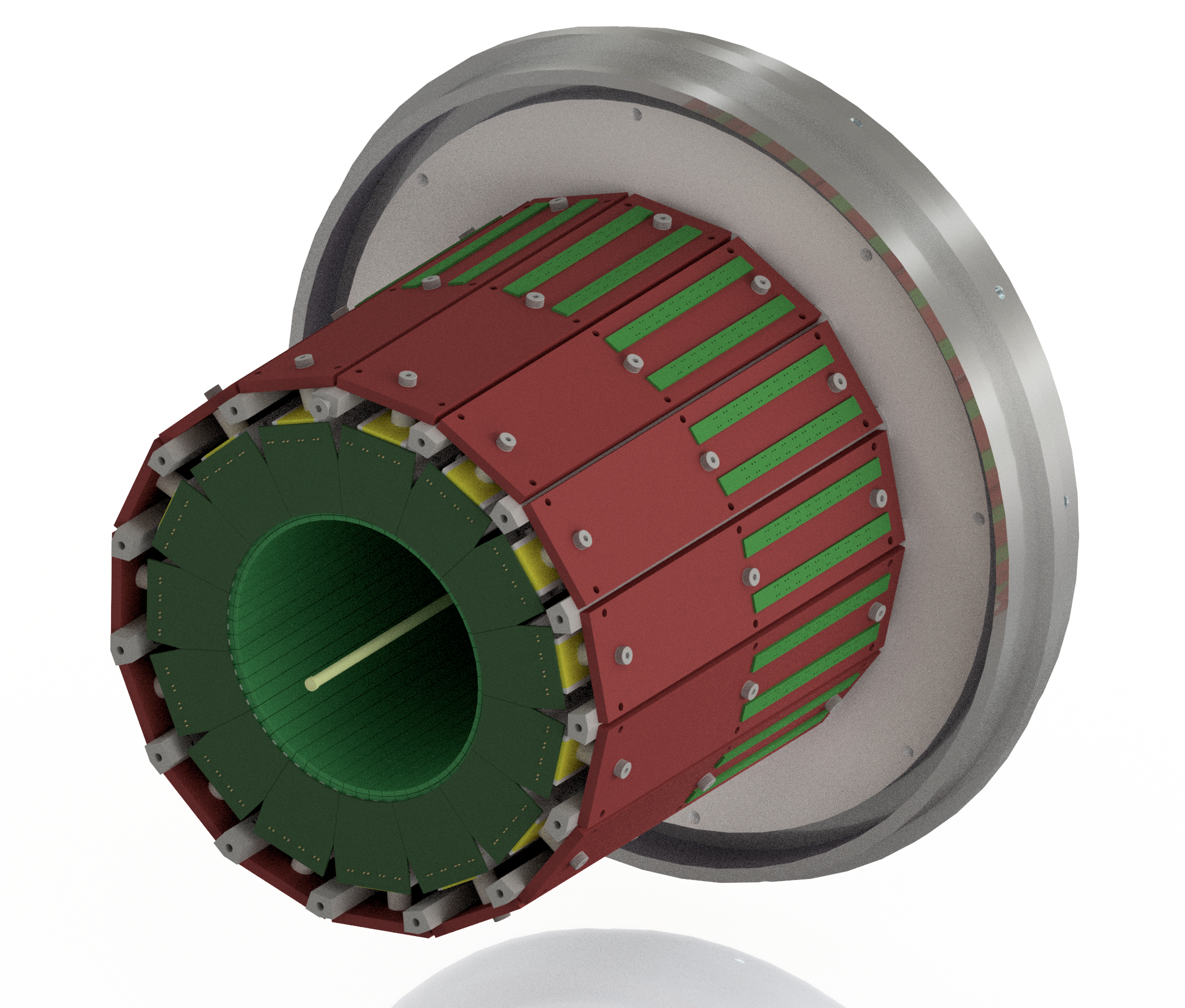Quantum Chromodynamics in Nuclei
The Medium Energy Physics Group leads a cutting-edge program to study nuclei at Jefferson Lab. At the heart of this program lies the description of nuclei in terms of their fundamental constituents: quarks and gluons, and the mechanisms and emergent properties of the strong interaction.
We are heading the Low Energy Recoil Tracker (ALERT) program in Hall B, which aims to produce a 3D image of a dense nuclear system. We will complement the CLAS12 spectrometer apparatus with a specialized low-energy recoil tracker, enabling us to access the low-energy nuclear remnants from an electron scattering off Helium-4. The experiment will reveal important details on the origin of the EMC effect (how nucleons and quarks are affected when bound inside a tight nuclear system) and advance our understanding of short-range correlations (correlated pairs of high-momentum nucleons generated by the short-range part of the nucleon-nucleon interaction). We will continue this study at the EIC, measuring the 3D structure of the quark-antiquark sea of a nucleus.
